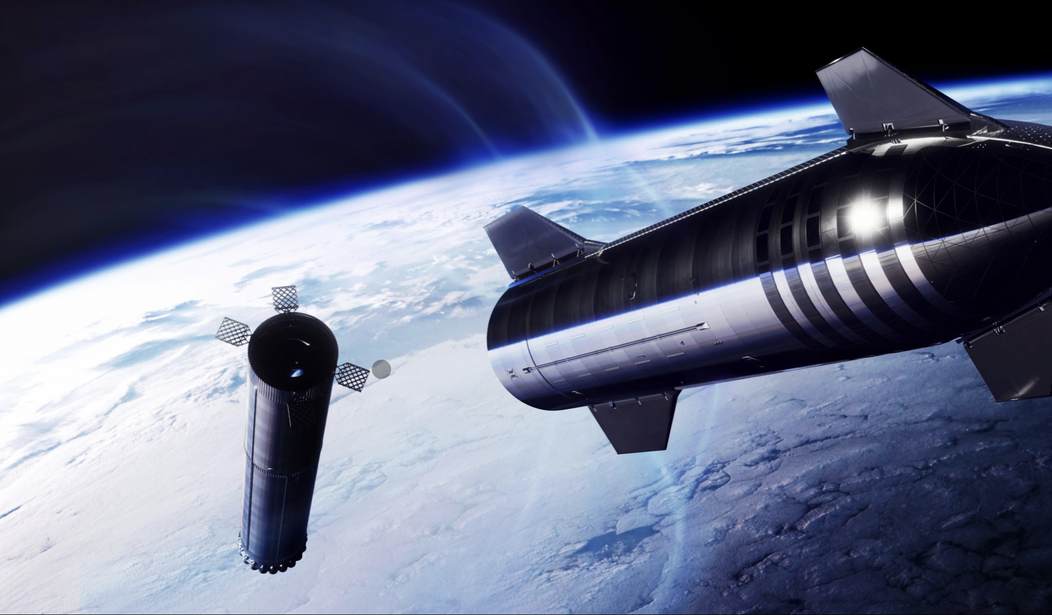SpaceX just took one big step toward getting humans back to Luna, and Elon Musk just took one small step toward establishing a human colony on Mars.
Thursday morning's test of Starship, the most powerful rocket to ever fly, flew further and fulfilled more objectives than the first two test flights, conducted in 2023.
At launch, all 33 (!!!) of the Super Heavy's Raptor engines lit and stayed that way as planned. The second stage — Starship — lit off its six engines as planned and then completed a successful hot staging before it separated and entered orbit.
Here's what else went right.
Today SpaceX achieved the first-ever Raptor engine relight in space. I'm no rocket scientist (really!), but my understanding is that engines needing the ability to be shut on and off in a vacuum have different requirements from those that don't. Proving the vacuum-rated Raptor works as designed is a big deal.
Hot staging is important and was a late addition to the Starship program. Most second- or third-stage rockets ignite their motors after separation from the previous stage. With hot staging, the next stage lights up before separation, preserving velocity into orbit. SpaceX founder and CEO Elon Musk estimated that hot-staging will increase Starship's payload capacity by 10% — no small feat for a spacecraft that already enjoyed the greatest lift ever. This was only SpaceX's second attempt at hot-staging and both tests were flawless.
Starship also enjoyed a successful test of its "Pez Door" for dispensing Starlink internet satellites to Low Earth Orbit (LEO) and also delicious fruit-flavored space candies. I'm kidding about the candies but not about the Pez Door. A similar device is used on the much smaller Falcon 9 rockets currently used for putting Starlink internet satellites into LEO. Falcon 9 tops out at launching 23 of Starlink's next-gen satellites, which just isn't enough to meet the company's growing needs. Starship will be able to handle the full-size version of Gen2 — and also many more of them.
Another remarkable detail is that SpaceX was able to keep track of Starship during its flight using Starlink satellites. Despite all those gorgeous cinematic shots of the USS Enterprise or Millennium Falcon in orbit, tracking something in space isn't easy — and the beauty shots, aside from spacecraft selfies, are basically impossible to come by.
Both stages were meant to be lost. Both were lost. That they were both lost a little earlier than hoped wasn't ideal — but was also not the point of today's test flight. The Super Heavy booster was meant to crash gently into the Gulf of Mexico but something went wrong — I believe with engine reignition, but I'm not 100% on that — and it crashed quite a bit harder. Starship was gliding through orbit nominally, successfully relit its engines, but something went wrong during reentry and it was destroyed. Details to follow.
"Losing Starship was always on the table," said one SpaceX representative. It's almost impossible to oversell the success of today's third Starship test flight.
According to one of SpaceX's anchors, there are already four more Super Heavy first-stage rockets ready or nearly ready to go.
"We have ambitious objectives ahead of us," the same anchor said, shortly before Starship failed on reentry — and they still do.
Recommended: Biden Rewards Iran's Murder of 3 US Troops With a Cool $10 Billion
P.S. Help PJ Media keep getting the truth out by becoming one of our VIP or VIP Gold supporters. You need independent news and analysis and we need to keep the lights on. You can join here and don't forget our massive 50% off SAVEAMERICA promo code.










Join the conversation as a VIP Member